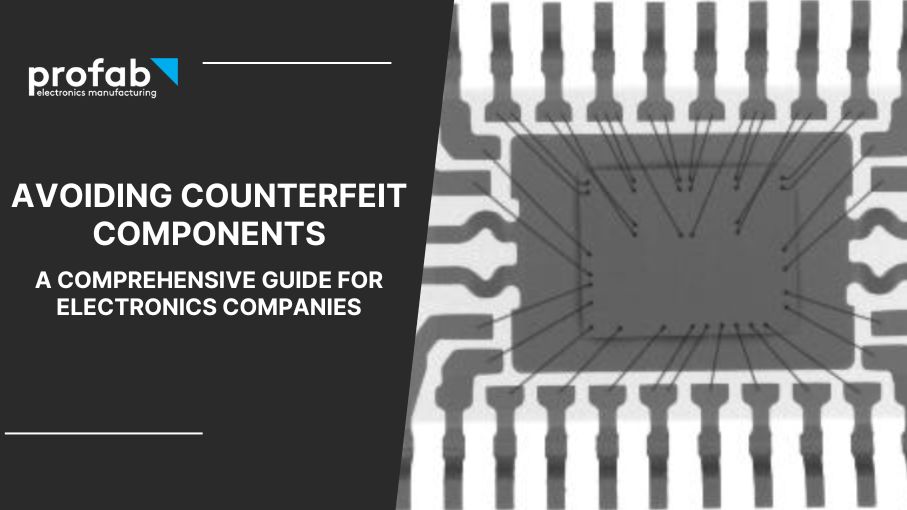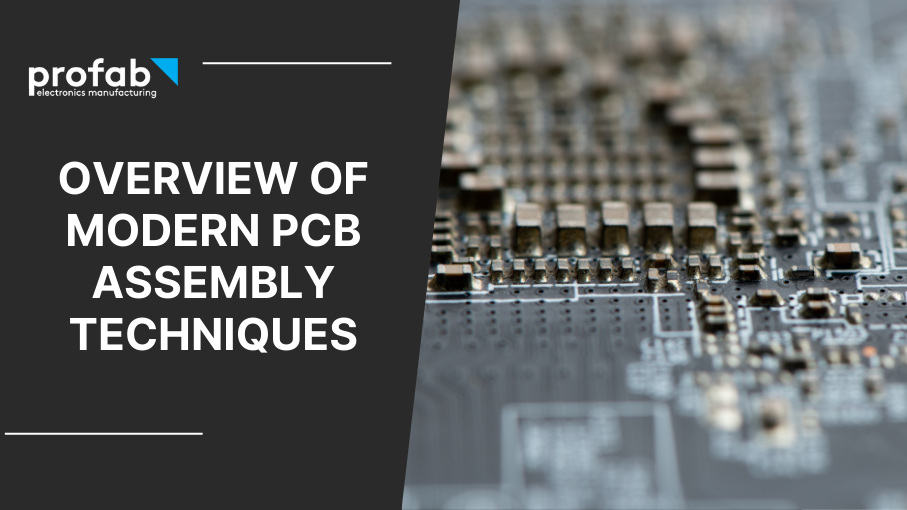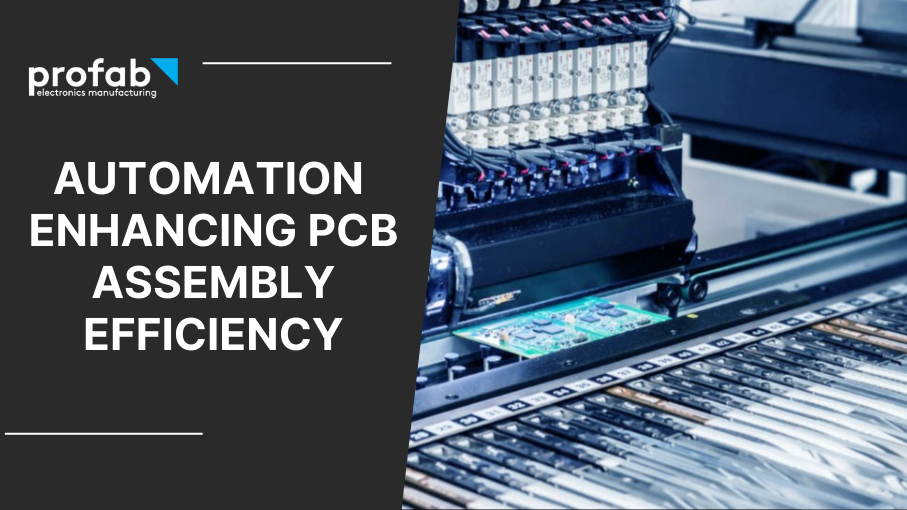
Avoiding Counterfeit Components: A Comprehensive Guide for Electronics Companies
10 Effective Strategies to Avoid Counterfeit Parts and Safeguard Your Electronic Products
At a Glance: Essential Insights
Trusted Sources: Always purchase electronic components from authorized distributors or manufacturers to ensure the components are genuine and adhere to industry standards.
Due Diligence: If purchasing from secondary markets is unavoidable, research the supplier's reputation and request quality certification documents and counterfeit test lab reports.
Incoming Goods Inspection: Implement a thorough incoming goods inspection process, including visual and x-ray inspections and functional testing to identify counterfeit components.
Visual Inspection: Examine components for marking irregularities and surface finish differences, which can help identify counterfeit parts.
X-ray Inspection: Compare the internal structure of components using x-ray technology to identify differences between genuine and counterfeit parts.
Functional Testing: Test the components on known working PCB assemblies to ensure their reliability and authenticity.
Counterfeit Detection & Avoidance Program: Develop a program that outlines the procedures for purchasing and receiving components, with added emphasis on secondary sourcing.
Employee Training: Train employees to recognize counterfeit components and follow the established procedures for detecting and avoiding them.
Supplier Selection: Carefully vet suppliers and prioritize those with a proven track record of supplying genuine components.
Organization Culture: Foster a culture within your organization that emphasizes the importance of counterfeit component detection and avoidance.
The menace of counterfeit electronic components continues to grow, posing serious challenges to the electronics industry. These counterfeit parts can cause failures, costly repairs, product recalls, and even safety hazards. Often sourced from secondary markets, counterfeit components are increasingly difficult to distinguish, as counterfeiters employ ever more sophisticated tactics. To avoid procuring counterfeit electronic components, electronics companies can implement several strategies. In this comprehensive guide, we will explore these strategies in detail, making it easier to understand the different steps involved in combating counterfeit components.
Purchasing from Trustworthy Sources
The first and foremost step in evading counterfeit electronic components is to buy from reputable sources. This means acquiring components from authorized distributors or manufacturers, rather than from questionable sources such as online marketplaces or independent sellers. Purchasing from reliable sources helps ensure that the components you receive are genuine and manufactured according to industry standards.
Conducting Thorough Due Diligence
When there's no alternative but to buy electronic components from an unknown secondary market supplier, it's crucial to perform due diligence. This involves researching the supplier to assess their reputation, checking for any red flags, and looking for any information about their history of potentially supplying counterfeit components.
To further investigate a supplier, consider the following steps:
Request references from other customers who have dealt with the supplier.
Verify the supplier's business registration and certifications.
Investigate their presence at industry trade shows and conferences.
Check online forums and social media for feedback on the supplier.
By conducting thorough due diligence, you can minimize the risk of procuring counterfeit components from untrustworthy sources.
Implementing Rigorous Incoming Goods Inspection
Establishing a comprehensive incoming goods inspection process is essential for identifying counterfeit components. This process should include visual, x-ray, and functional inspections. Visual inspection involves comparing marking and surface finish irregularities to known good components. Marking irregularities may include font style, logo shape, and misspelling or omission of required numbers or letters as per the datasheet.
Surface finish differences can involve sanding marks, evidence of blacktopping (black painted surface), or the use of white ink for markings instead of laser marks. X-ray inspection allows comparison of internal component structures, such as wire-bond and die locations. If you have any known, working PCB assemblies at hand, consider removing and replacing the component on a few boards with the new components, then conducting a functional test.
Establishing a Counterfeit Parts Detection & Avoidance Program (CDAP)
If purchasing components from secondary sources becomes a recurring trend, creating a counterfeit parts detection & avoidance program proves highly beneficial. This program comprises procedures covering various steps in the purchasing process. Examples of procedures to include are employee training, supplier selection, incoming goods inspection, and testing. These procedures generally expand upon existing purchasing and receiving procedures, with added steps when secondary sourcing is employed.
A well-structured CDAP can involve the following elements:
A clear policy outlining the company's stance on counterfeit components.
Guidelines on supplier selection and qualification.
Procedures for verifying the authenticity of components.
Training programs to educate employees on counterfeit component detection.
A system for reporting and handling suspected counterfeit components.
By implementing a CDAP, companies can significantly reduce the risk of counterfeit components entering their supply chain.
Leveraging Industry Resources and Collaborations
Numerous resources and collaborations are available to help electronics companies combat counterfeit components. Industry associations, such as the Electronic Components Industry Association (ECIA) and the Independent Distributors of Electronics Association (IDEA), provide valuable guidance and support in this area. Companies can also collaborate with other organizations to share information on counterfeit components, best practices, and other resources.
Training and Educating Employees
Educating and training employees on counterfeit component detection and avoidance is essential. This includes understanding the risks associated with counterfeit components, recognizing common signs of counterfeit parts, and learning the proper procedures for handling, storing, and disposing of suspected counterfeit components. Regular training sessions and workshops can help keep employees up-to-date on the latest techniques and industry standards.
Utilizing Advanced Component Testing Methods
In addition to visual, x-ray, and functional inspections, companies can invest in advanced testing methods to identify counterfeit components. These methods may include decapsulation (removing the outer packaging of a component to examine its internal structure), scanning acoustic microscopy (SAM), and electrical testing. By utilizing a combination of advanced testing techniques, companies can increase their chances of detecting counterfeit components before they cause any damage.
Adopting a Risk-Based Approach
Companies should adopt a risk-based approach to counterfeit component detection and avoidance. This involves assessing the likelihood of encountering counterfeit components in specific situations and implementing appropriate measures to mitigate those risks. Factors to consider include the type of components being purchased, the source of the components, and the potential consequences of counterfeit components entering the supply chain.
Reporting and Monitoring Counterfeit Incidents
It is crucial for companies to establish a system for reporting and monitoring counterfeit incidents. This includes documenting all incidents, sharing information with other organizations, and tracking trends in counterfeit component activity. By maintaining an accurate record of counterfeit incidents, companies can identify patterns and develop strategies to prevent future occurrences.
Continual Improvement and Adaptation
The battle against counterfeit components is an ongoing process that requires constant vigilance and adaptation. Companies should continually review and update their counterfeit component detection and avoidance strategies, ensuring that they are keeping pace with the latest developments and techniques in the industry.
Profab Electronics: Excellence in Component Sourcing
At Profab Electronics, we recognize the significance of sourcing genuine electronic components to ensure the reliability, performance, and safety of our products. As a reputable family-owned business providing a comprehensive range of contract manufacturing services, we are committed to securing authentic components for our manufacturing processes.
Our procurement team diligently establishes and maintains strong relationships with authorized distributors and manufacturers, which guarantees that we source only high-quality and genuine components. We also conduct extensive due diligence on suppliers, prioritizing transparency and communication, to minimize the risk of counterfeit components entering our supply chain.
In addition to our meticulous sourcing practices, we continuously review and refine our processes to identify potential improvements and remain at the forefront of industry advancements. This commitment to excellence ensures that we consistently meet the highest standards of component sourcing and deliver outstanding electronic products to our clients across various sectors.
Choose Profab Electronics for your electronics manufacturing needs, and experience the difference that comes with a partner who is genuinely dedicated to maintaining the integrity of your products through exceptional component sourcing practices.
If you'd like to learn more about the intricacies of electronic component sourcing and how to excel in this critical aspect of electronics manufacturing, we invite you to read our comprehensive guide on purchasing electronic components for PCB assembly at the following link: The Art of Purchasing Electronic Components. This informative article covers a range of topics such as understanding part numbers, managing manufacturer names, building a strong vendor network, and much more. Equip yourself with valuable insights and best practices to ensure the success of your electronics projects.
About Profab Electronics
Profoundly embedded in the electronics manufacturing sector, Profab Electronics has been steadfast in its commitment to deliver excellence for over three decades. Our unparalleled experience, fortified by our stringent quality standards, positions us as a trusted partner in the realm of Electronics Manufacturing Services (EMS).
We're an ISO 9001 and AS9100 certified company, and our adherence to these globally recognized standards attests to our unyielding quest for quality. Our team comprises experts who hold formative training on the latest IPC standards, ensuring that we consistently produce electronic products of the highest caliber.
Our proficiency lies in PCB assembly, offering a spectrum of services ranging from Surface Mount (SMT) to Through-Hole Assembly. From the initial stages of prototyping to high volume pcb assembly, we offer comprehensive solutions to meet client requirements.
At Profab Electronics, we synergize our expertise and experience to deliver high-quality electronic products. Our unwavering commitment to quality, innovation, and customer satisfaction has established Profab Electronics as a leader in the electronics manufacturing industry. Trust us to bring your technological visions to life.
Latest Posts

Learn about our state-of-the-art Surface Mount and Through-Hole Technologies, sophisticated soldering processes, and rigorous quality control methods that define today's industry standards.

Learn about our advanced component placement, solder paste printing, and automated inspection systems that revolutionize the assembly process.

Discover how our adherence to ISO 9001 and AS 9100 standards, IPC solder training, and meticulous inspection processes ensure the precision and accuracy of every PCB we produce, underpinning our unwavering commitment to quality.